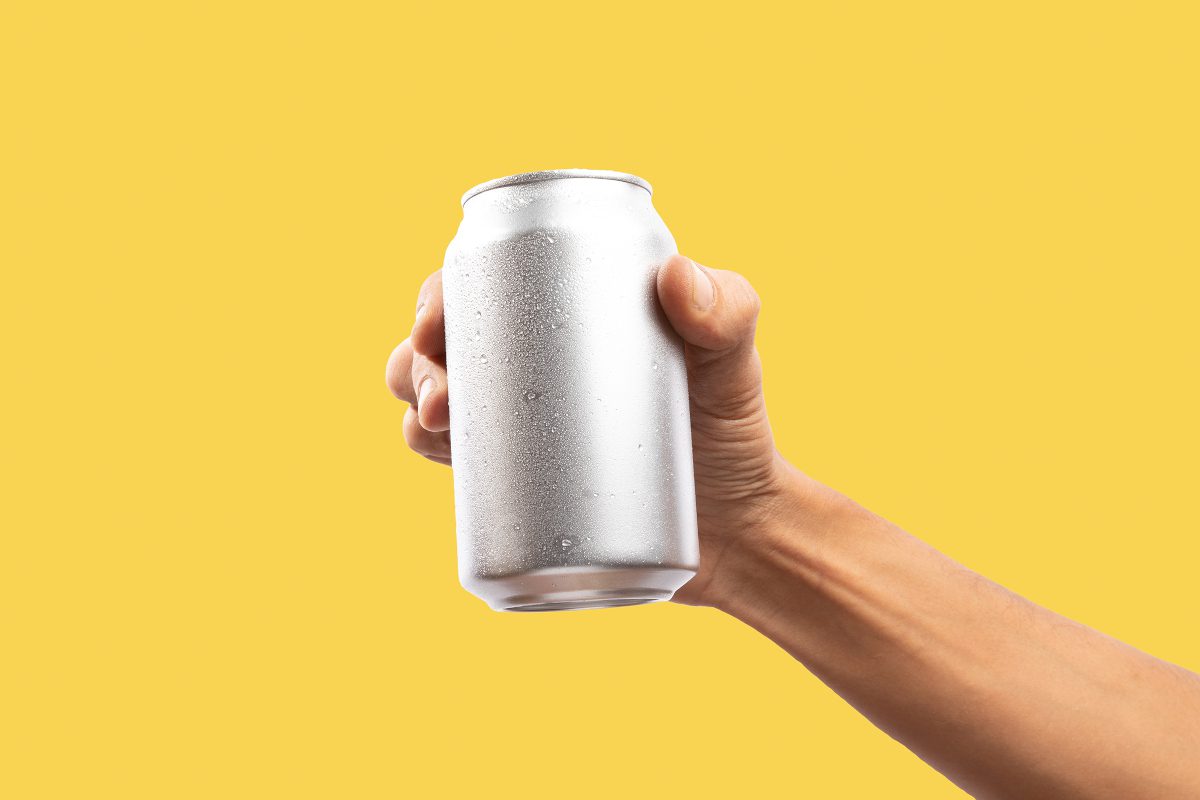
Product manufacturers’ use of packaging materials has decreased since 2019, says a new report from environmental compliance scheme Valpak. And in 2021, more plastic waste was recycled domestically than exported, for the first time. But the picture that emerges from profiling progress with specific materials appears somewhat mixed.
A detailed snapshot of these and related trends are provided by the PackFlow 2023 reports, commissioned by WRAP. James Skidmore, Director of Consulting at Valpak, commented: “As we approach the full implementation of Extended Producer Responsibility for Packaging (pEPR), accurate data and baselines are more important than ever.”
He continued: “The reports, which are used by UK governments to inform packaging policy, also offer valuable insights into packaging market trends. For example, we can see that since 2011, UK domestic recycling of plastic packaging has increased steadily. In 2021, it exceeded the amount of plastic waste exported for the first time. The reports also show us that, since 2019, the amount of paper packaging placed on the market has increased relative to plastic packaging.”
Holding more than 50 million SKUs, Valpak’s packaging and product database is the largest packaging data resource in the UK. The suite of six material-specific reports make use of this data to assess the state of the market in 2022. In addition to calculating the amount of packaging placed on the market and recycled, it details compliance projections to 2028 which, in preparation for pEPR, are also used by UK governments to inform decisions on business targets.
Adam Herriott, Senior Specialist at WRAP, said: “WRAP is proud to have worked with Valpak on the PackFlow 2023 reports. These reports are crucial for government policy-making, providing the accurate data needed to shape future packaging regulations. Moreover, they inform much of WRAP’s work, including initiatives like the UK Plastics Pact, helping us to drive significant progress in reducing plastic waste and increasing recycling rates. The insights from these reports are essential for understanding market trends and making data-driven decisions that support a sustainable future.”
Material-specific insights include:
Paper and card
Compared to previous Valpak PackFlow reports in 2019 and 2017, paper and card POM has reduced. UK domestic recycling declined between 2004 and 2010, with modest increases in the targets being met by export. The overall upward trend in export appears to have stabilised since 2017 (despite increases in the targets), with export tonnages fluctuating since this time in a range between 500–700k tonnes per quarter, and total paper and card recycling in a range of 850–1,000k tonnes per quarter. Paper and card packaging recycling targets have flat-lined.
Glass
The main driver for total glass packaging recycling is UK domestic recycling. Glass POM is down from 2019 and, since then, the level of glass packaging recycling has risen steadily to meet modest year-to-year increases in targets. During the past five years, total glass packaging recycling has fluctuated in a range around 350–500k tonnes per quarter. At around 17 per cent of total recycling, on average, the amounts of glass packaging waste exported are small in comparison to UK domestic recycling.
Plastic
Plastic POM has fallen since Valpak’s reports in 2019 and 2017. A strong upward trend in the total amount of plastic packaging waste recycled over the period 2004–2022 was driven by increases in the recycling targets. With UK domestic plastic packaging recycling static at around 50k tonnes per quarter until 2011, export of plastic packaging wastes has played a key role in meeting the targets over much of this period. However, since then, UK recycling of plastic packaging waste has increased steadily and, in 2012, it exceeded the amount of plastic waste exported for the first time.
Aluminium
Compared to 2019 and 2017, aluminium packaging placed on the market has increased. While there has been a slight upward trend in UK domestic recycling over the whole sample period, UK domestic recycling does not appear to be trended since around 2012. During the period 2004–2015 recycling target increases were largely met by increases in UK domestic recycling of aluminium packaging. Since 2015, the situation has reversed. UK domestic recycling has been broadly static, while the export of waste aluminium packaging has grown rapidly. In 2018, it exceeded UK recycling in 2018, while in 2022, 64 per cent of aluminium packaging waste was exported, mostly to Europe (Germany and Netherlands).
Steel
Steel POM has reduced compared to 2019 and 2017. While there was substantial volatility in the amounts of steel packaging waste recycled either in the UK or exported over the period 2004–2022, there has been no strong indication of any trends.
Wood
The volume of wood packaging placed on the UK market was stable between 2019 and 2022, but higher compared to 2017. Between 2004 and 2008, an upward trend was seen in total recycling; this peaked at an annual tonnage of 940k tonnes and was followed by a decline that continued to a low point in 2015. Since 2015, accredited wood packaging recycling has continued to increase despite a drop in 2020. Business targets saw a slow increase between 2004 and 2009, before stagnating until 2017. In 2018, targets saw a dramatic increase to 48 per cent in 2020, before dropping to 35 per cent in 2021 and stagnating.
To download the reports in full, visit: https://www.valpak.co.uk/?s=packflow%202023






